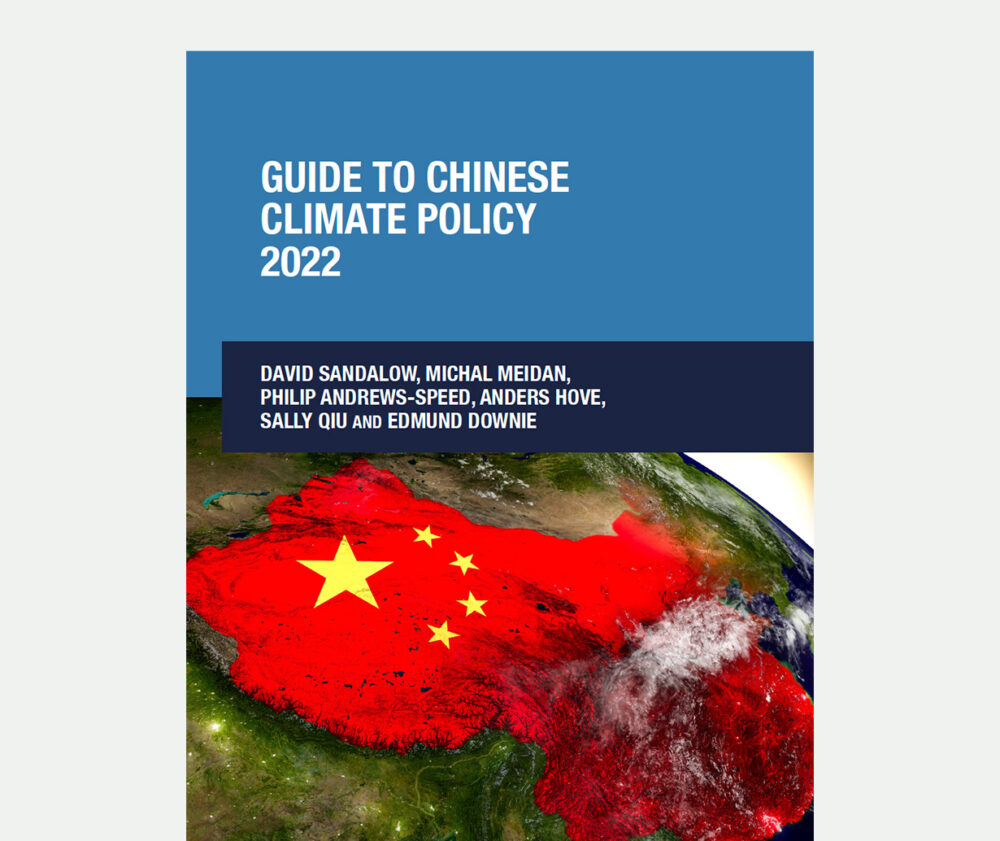China is acutely vulnerable to climate change.
In 2015, China’s Ministry of Science and Technology, the China Meteorological Administration, the Chinese Academy of Sciences and the Chinese Academy of Engineering released China’s Third National Assessment Report on Climate Change—a 900-page document based on the work of more than 500 Chinese experts. The report found that China faces many risks from climate change including sea level rise, more intense heat waves and more severe and frequent storms, droughts and floods. The report offered a number of conclusions, including:
- average annual temperature increases in China since 1909 have been higher than the global average, rising 0.9°–1.5°C (1.6°–2.7°F) per century;
- from 1970 to 2000, glaciers in China shrunk roughly 10%; and
- by 2100, temperatures in China could increase 1.3–5.0°C (2.7–9.0°F). 2
Work on a Fourth National Assessment Report on Climate Change is underway. 3 In addition, each year the Chinese Meteorological Administration publishes the China Blue Book on Climate Change, which provides information on temperatures, rainfall, sea levels and other topics. The 2022 edition of the Blue Book found that:
- average annual temperature increases since 1951 have been higher than the global average, rising 0.26°C (0.47°F) per decade;
- extreme heat waves and storms are becoming more frequent in China; and
- in 2021, glacier retreat in China was almost at record levels, with the west end of the Urumqi Heyuan 1 glacier retreating 8.5 meters in one year. 4
China’s vulnerability to sea level rise is especially acute. More than 650 million people live in China’s coastal provinces—one of the most densely populated regions on Earth. More than 150 million people in China live in low-elevation coastal areas. 5 The Third National Assessment Report found that:
- sea levels off eastern China rose 93 millimeters (3.5 inches) between 1980 and 2012;
- sea levels in China could rise 40–60 centimeters (16–24 inches) above 20th century average levels by the end of this century; and
- an increase of one centimeter (0.4 inches) could cause the coastline to recede by more than 10 meters (33 feet) in parts of China. 6
The Third National Assessment Report found that rising seas would significantly increase risks of flooding and storm damage along China’s coasts. Several recent studies have reached similar results. A 2018 study found that China would incur far more costs from flooding due to sea level rise than any other nation. A 2021 study found trillions of dollars of economic activity along China’s coastline at risk from climate change, including almost $1 trillion at risk in Shanghai alone. 7
China is also vulnerable to heat waves, storms, floods and droughts. The Third National Assessment Report found that climate change would increase all four. The report found that climate change could extend growing seasons for some crops in northern China but warned that climate change would bring less reliable rains, the spread of dangerous pests and shorter growing seasons for many crops. It found that changing rainfall patterns would strain reservoirs and create dam safety challenges, including at the Three Gorges Dam. 8
The Intergovernmental Panel on Climate Change found that extreme agricultural droughts in western China would be at least twice as likely with a 1.5°C (2.7°F) increase over pre-industrial temperatures globally and 150–200% more likely with 2°C (3.6°F) of warming. 9
Droughts create significant risks for China’s power grid. Lack of water is a particular problem in China’s southern provinces, many of which are reliant on hydropower. 10
Melting glaciers will also create challenges for China. More than 80% of China’s glaciers are in retreat. The Third National Assessment Report found potential geopolitical risks from disputes with South Asian neighbors over transboundary water resources and smaller river flows caused by shrinking glaciers. 11
References

